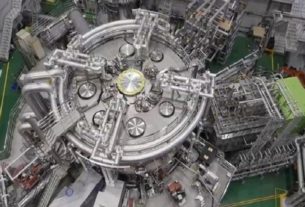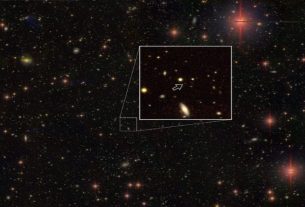When the red giants die, and their material disperses into the interstellar cloud, cosmic dust will be produced. As we all know, supernova explosions are considered to be one of the brightest and most powerful forces in the universe, and their blast waves destroy these dust particles. The current theory is that after the supernova explosion, the space area that is affected is empty. However, NASA’s SOFIA telescope observed the opposite of the 1987 supernova explosion, which was 10 times dustier than expected.
Astronomers have been studying supernova 1987A for the past 30 years, the first explosion discovered in 1987, considered one of the brightest explosions in 400 years. Unlike most of the expected areas of the explosion that do not have cosmic dust, the scientists were surprised to find a large amount of matter, suggesting that dust may form after the supernova’s blast wave.
This study can explain why there is so much cosmic dust in our galaxy. Before the explosion, Supernova 1987A had a unique ring that was believed to have been destroyed after the explosion. But recent observations by SOFIA show that dust is growing or growing from the remaining particles.
“The dust detected by SOFIA may be due to the significant growth of existing dust particles or the formation of new dust particles. These new observations force astronomers to consider the post-explosion environment and possibly form or reform immediately after the blast wave passes. The possibility of dust,” NASA wrote.
The SOFIA is a flight observatory, a modified Boeing 747SP with a 106-inch diameter telescope. SOFIA is jointly operated by NASA and the German DLR Aerospace Center. It is more suitable for studying cosmic dust. It can be used as a cornerstone of planets and stars to fly over the Earth’s atmosphere. Due to the absorption of water and carbon dioxide, terrestrial telescopes cannot detect dust particles using infrared spectroscopy.




